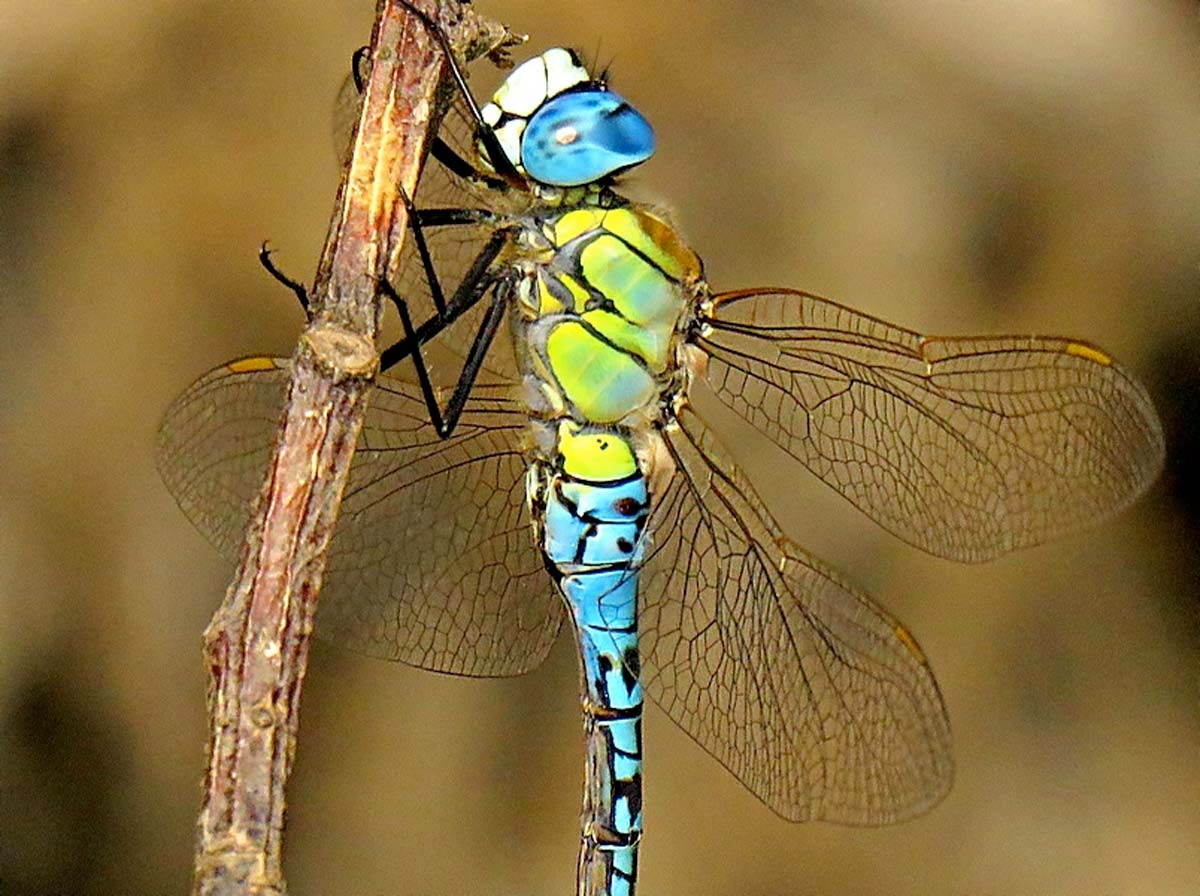First southern migrant hawker dragonflies seen in Dorset

Caption: Southern migrant hawker dragonfly © Ian Ballam
Nature & Wildlife | Posted on August 3rd, 2018 | return to news
First southern migrant hawker dragonflies seen in Dorset
The first southern migrant hawker dragonflies ever recorded in Dorset have been seen on Dorset Wildlife Trust’s (DWT’s) nature reserve, Lytchett Heath, which is part of The Great Heath Living Landscape project in east Dorset.

Caption: Southern migrant hawker dragonfly © Ian Ballam
The first southern migrant hawker dragonflies ever recorded in Dorset have been seen on Dorset Wildlife Trust’s (DWT’s) nature reserve, Lytchett Heath, which is part of The Great Heath Living Landscape project in east Dorset.
Three males were first spotted by local birdwatcher, Ian Ballam.
Ian said, “Lytchett Bay is my ‘patch’ for birding, but in summer I also record dragonflies.
“I was making a quick visit to the DWT reserve at Lytchett Bay on Saturday 21 July and as soon as I arrived at the main ‘dried-up’ pool, I noticed a bright blue small Hawker type dragonfly. Then I noticed another exactly the same on an adjacent pool.
“They were extremely aggressive to each other, which pointed towards the behaviour of the southern migrant hawker. In the end, I spotted three. I was elated to have found them and even more happy that I managed to identify this tricky species from just flight observations. And after about 90 minutes, one came to rest on some reeds, so I could confirm my ID was correc
DWT conservation officer, Hamish Murray said, “This is a great sighting for Dorset.” He explained that the largely Mediterranean species was formerly a very rare visitor to the UK, “but since 2006, sightings have increased, especially in the south-east of England.” He added that it is now considered to be a potential colonist.
“The warmer weather we’ve been having may have attracted them to the south coast, as they are used to living in warm conditions found in Europe and Asia,” said Hamish.
The southern migrant hawker is also called the blue-eye hawker, on account of its blue eyes. The overall appearance of the male southern migrant hawker is much bluer than the more common migrant hawker
If you see a southern migrant hawker in Dorset, please let Dorset Wildlife Trust know. You can tweet @DorsetWildlife, post on dorsetwildlife Facebook page, or email enquiries@dorsetwildlifetrust.org.uk
Please share post:
Tags: Dorset Wildlife Trust, Dragonflies
READ NEXT
LATEST NEWS







